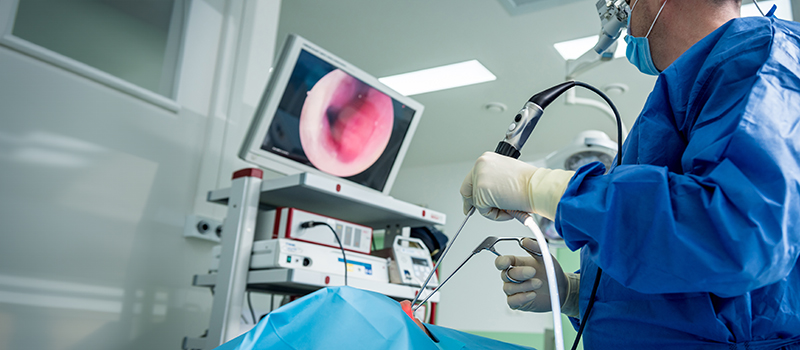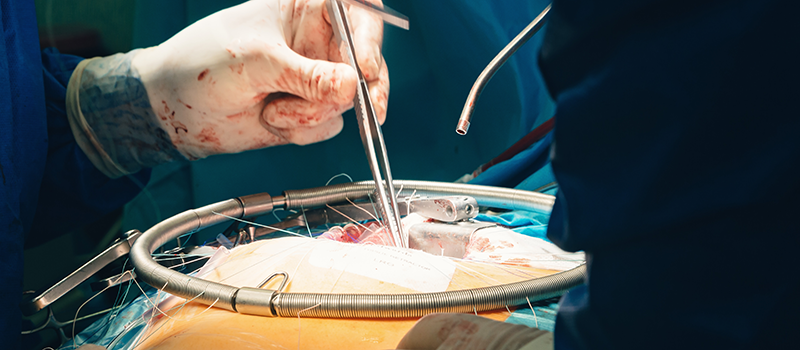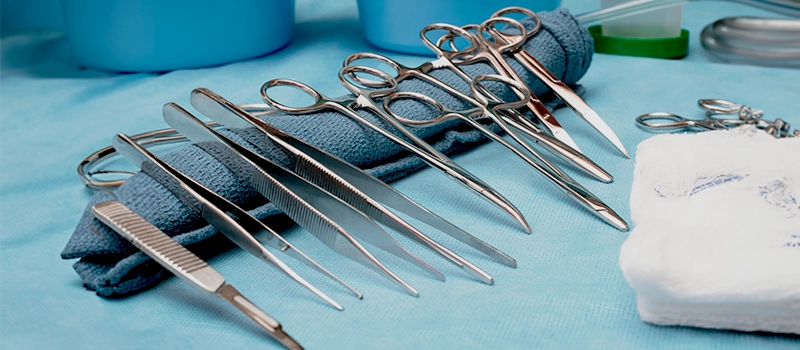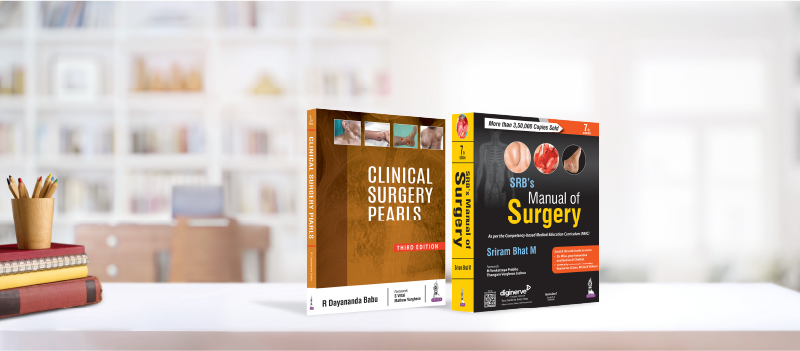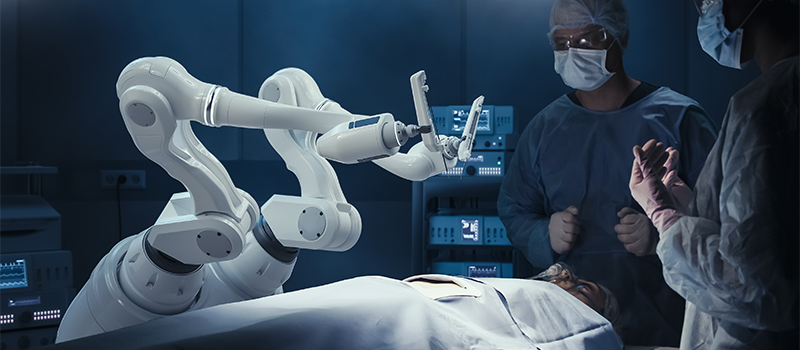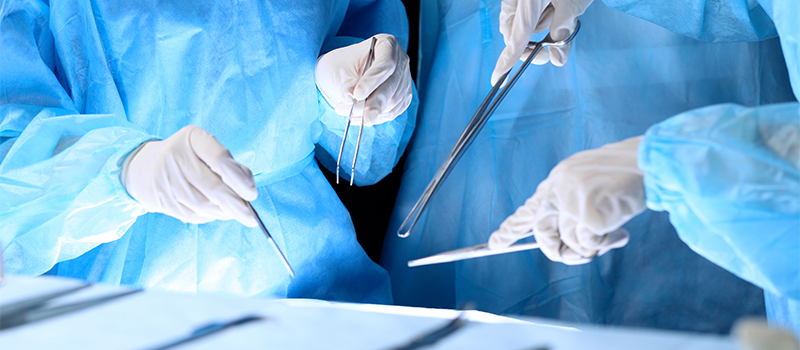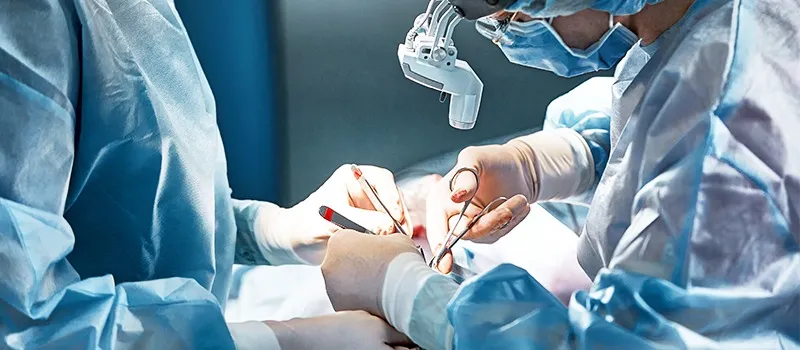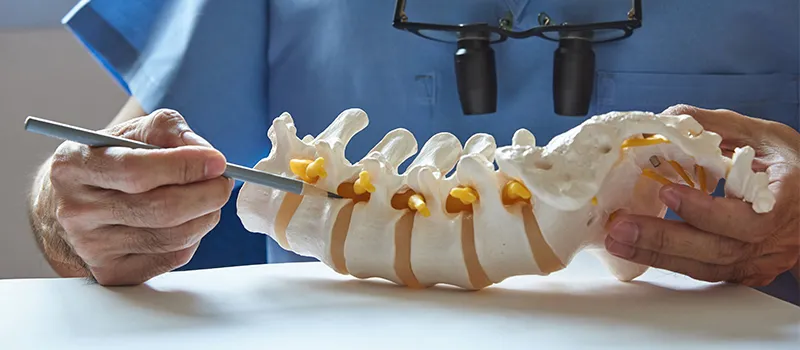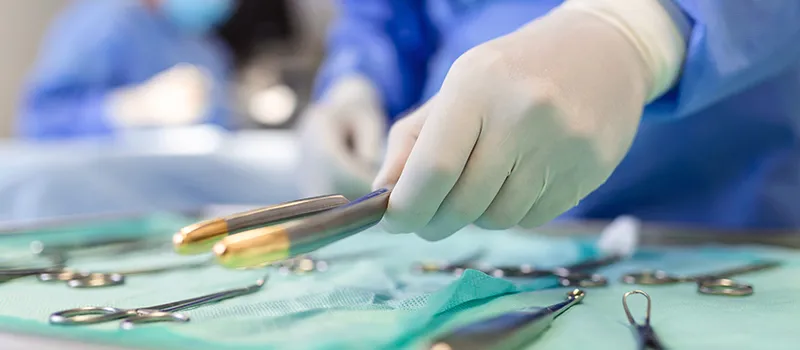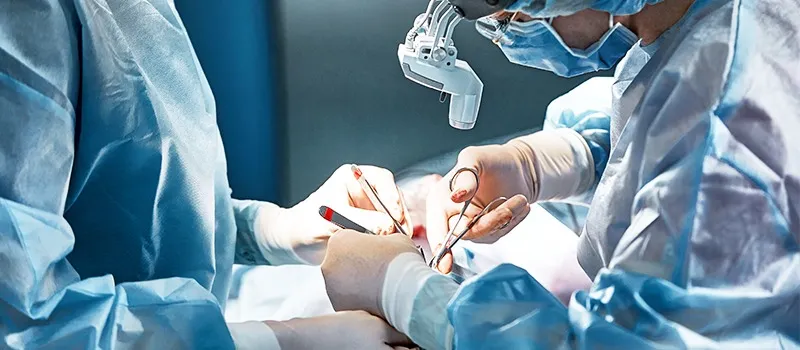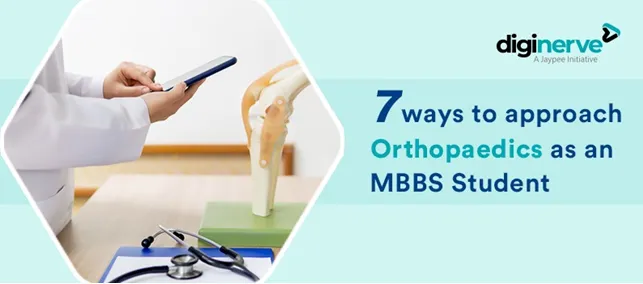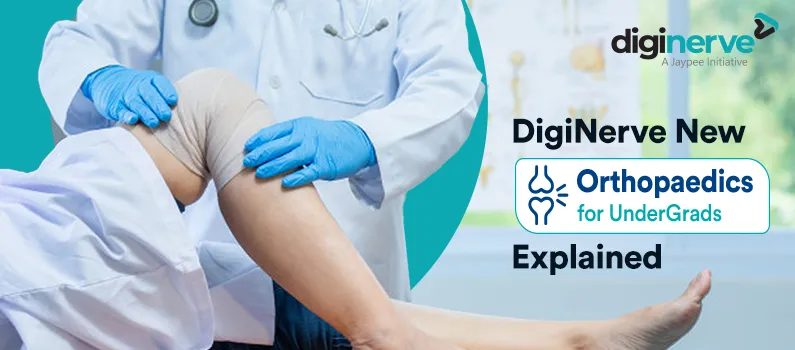
Types of Fracture: Causes, Symptoms, and Treatment Options
The skeleton is the framework of bones, it is a type of connective tissue, reinforced with bone cells and calcium. Bones include a yielded core known as bone marrow, it is a spongy soft tissue that fills the cavities in bones and holds cells that create red and white blood cells.
Bones are responsible for protecting organs from potential damage and help support our body enabling movement.
In various types of bone fractures, the severity of the fracture depends upon the strength and direction of the force, with the bone involved.
What are the Different Types of Bone Fractures?
| Common Types of Bone Fracture | Description |
| Close (Simple Fracture) | Bone breaks without piercing the skin. |
| Open (Compound Fracture) | Bone breaks through the skin’s surface, causing an open wound. |
| Greenstick Fracture | Incomplete fracture is where the bone bends and cracks but doesn’t completely break. |
| Hairline Fracture | Minor crack in the bone’s surface without full separation. Most common form of stress fracture. |
| Complicated Fracture | Bone breaks and causes damage to surrounding tissues and organs |
| Avulsion Fracture | The tendon or ligament pulls off a fragment of bone. |
| Compression Fracture | Bone collapse due to pressure, often in the vertebrae. |
| Transverse Fracture | The fracture line is horizontal across the bone shaft. |
| Oblique Fracture | The fracture line is diagonal across the bone shaft. |
| Spiral Fracture | Fracture lines spiral around the bone, often caused by a twisting force. |
Fractures can occur not only in limbs such as arms and legs but also in critical areas like the head, chest, spine, or pelvis.
Injuries to bones like skull or ribs are the regions that can be particularly challenging due to the complex structures they protect.
Managing fractures in these areas often requires more than basic first-aid techniques and may involve complex medical interventions. These kinds of fractures represent life-threatening injuries that require emergency assistance.
Let’s dive into these complex fractures:
1. Compression Fracture: It typically occurs in vertebrae (bones of the spine), where the affected bone is compressed or collapses. It can result from trauma, such as falls or road traffic accidents, or from conditions like osteoporosis, which is the most common cause of compression fractures.
2. Skull Fracture: It occurs when one or more bones that make up the skull are broken, these fractures can vary in severity depending on the force and direction of the impact. It may also called a traumatic brain injury or TBI. Mild breaks cause few problems and heal over time and severe fractures can lead to bleeding around the brain, leaking of cerebrospinal fluid (CSF), infection, brain damage, and seizures. The role of different skull bones, including the temporal, parietal, and occipital bones is crucial in understanding the potential consequences of a fracture:
- Temporal Bone: Bone is found on the sides and base of the skull. It is relatively thin, typically around 4mm thick. The temporal bones include important structures like the middle and inner ear, as well as some blood vessels.
- Parietal Bones: These bones form the sides and top of the skull. They are thicker than temporal bone, ranging from 5 to 10 mm thick.
- Occipital Bone: Located at the back and base of the skull, the occipital bone is the thickest among these three, typically measuring around 15 mm in thickness.
Skull Fractures are Classified into Various Types of Fracture Based on their Location
| Type of Skull Fracture | Description | Mechanism of Injury |
| Linear Fracture | Also known as a fissured fracture that is often thin and may be missed on X-rays, making it more detectable during MRI or CT-scan. It typically occurs due to a heavy blunt blow to the head, resulting in a linear break in the skull’s continuity. | Direct Impact or blunt trauma to the skull. |
| Basilar Skull Fracture | Occurs at the base of the skull, involving bones such as the temporal, occipital, and sphenoid bones. | Associated with head trauma it can lead to leakage of cerebrospinal fluid from the nose or ears. |
| Diastatic Fracture | Fracture involves separation along sutures, which is common in young adults. A frequent site is the sagittal suture, where widening or separation occurs due to significant trauma. | Sudden force causing separation of sutures. |
| Depressed Fracture | Known as a signature or ala fracture, results from a small, focused impact such as from a hammer. It causes inward indentation of the skull’s surface, often damaging both outer and inner layers of bone. |
Direct blow from a heavy weapon or object with a small striking surface. |
| Pond/ Indented Fracture | Commonly seen in infants, this fracture leaves a visible dent or indentation on the skull’s surface. It’s also referred to as ping pong ball fracture and is caused using obstetric forceps during childbirth. |
Obstetric forceps apply pressure during delivery. |
| Gutter Fracture | Occurs on the outer surface of the skull due to the tangential impact of an oblique bullet, resulting in a groove-like depression along the bone. It’s characteristic of glancing bullet wounds. |
Trajectory of an oblique bullet causing an outer surface fracture. |
| Comminuted Fracture | Multiple bone fragments caused by a heavy blunt blow, this fracture pattern resembles a spider web with intersecting lines and fragments displaced from the impact site. | Severe blunt force trauma leading to shattered bone fragments. |
| Ring/ Foramen Fracture | Bones may be broken around the foramen magnum, the hole in the base of the skull through which the brain stem exits and becomes the spinal cord. This may result in injury to the blood vessels and nerves exiting the foramen magnum. | Impact involves the base of the skull, such as falls or specific blows to the head. |
| Motorcyclist Fracture | Common among motorcyclists, these fractures occur at the skull base, typically from lateral impacts. They are classified into Type 1 (Hinge), Type 2(Frontal to contralateral), and Type 3 (Anterior) based on specific patterns of fracture propagation. |
Lateral force transmitted across the skull, typical in motorcycle accidents. |
| Bow Out Fracture | Involves fractures of the orbital wall (median, posterior, or floor) caused by blunt trauma, resulting in an outward blowing or displacement of bone. It commonly occurs due to forceful impact on the eye area. | Blunt force trauma causes fractures of the orbital bones. |
What are Some Common Causes of Bone Fracture?
Bone fractures can result from various causes, including:
- Trauma: Falls, sports, injuries, motor vehicle accidents, and direct blows to the body result in traumatic bone fractures.
- Osteoporosis: In this condition, bones become weak due to loss of bone density. In this condition, even minor stresses and falls can cause a fracture.
- Overuse or Repetitive Stress: Repetitive motions can strain bones over time which leads to stress fractures. These fractures develop gradually with small cracks and repetitive impact, which is common in athletes.
- Pathological Conditions: Diseases that weaken bones, such as bone cancer (resulting in pathological fractures), osteogenesis imperfecta (brittle bone disease), or infections like osteomyelitis, can make bones more susceptible to fractures.
What are Some Common Symptoms of Fracture?
- Bone fractures cause pain due to inflamed nerve endings in the bone lining (periosteum) and muscle spasms around the fracture site.
- Fractured bones bleed, which leads to swelling and seepage of blood into surrounding tissues, which adds to the pain.
- Bruising around the fracture site may appear as dark red or purple marks due to blood leakage.
- Due to muscle and tendon integrity, movement of the injured limb still be possible, so mobility alone does not rule out a fracture.
- Arteries damage can result in a cool, pale area distal to the injury, while nerve damage may cause numbness in the same area.
What is the Treatment Plan for the Bone Fracture?
Treatment for bone fracture depends upon the complication and level of severity to make sure the bone pieces are lined up accurately through surgical procedures or surgical traction.
Types of Treatment Based on Fracture Location and Site Include
- Braces: provide support to the bone
- Splints: to stop the movement of the fractured limb
- Plaster Cast: provide rigid support and immobilization
- Traction: for complex fractures to align and stabilize
- Surgically inserted Metal Rods or Plates: In severe cases of fracture that do not heal properly with other methods, metal implants such as metal rods, screws, or metal plates are surgically placed to hold bone fragments.
Few Surgical Treatments Depending on the Location and Severity of the Fracture
- Open Reduction and Internal Fixation (ORIF): It is the procedure of realigning the fracture bone fragments ( open reduction) and stabilizing them with internal fixation devices such as metal plates, screws, or metal rods.
- External Fixation: In these types of cases fractures open like a bone protruding through the skin or severely unstable, external fixation may be used. It involves placing metal pins, and screws into the bone above and below the fracture, which are connected to external fragments. Commonly used for fractures of the long bones in the arms and legs.
- Intramedullary Rodding: This procedure includes a metal rod inserted into the hollow center (Medullary canal) of the long bone to stabilize and align the broken bone fragments.
- Joint Replacement: Also known as arthroplasty, becomes necessary in some cases in which fractures severely affect the upper portion of the femur bone, a crucial component of the hip joint, or the humerus bone, integral to the shoulder joint.
Conclusion
Understanding the complexities of fractures—ranging from simple bone breaks to complex compound fractures—is essential for MBBS students. DigiOne and DigiNEET provide in-depth coverage of bone fractures and their management. DigiOne offers foundational knowledge in Anatomy and Physiology, helping students understand bone structure, healing mechanisms, and related physiological processes. For advanced learning, DigiNEET covers clinical aspects of fractures, including the causes, symptoms, and treatment options, through expert-led video lectures, case studies, and MCQs. This helps students grasp the practical application of theoretical knowledge in treating fractures, preparing them for clinical practice and competitive exams like NEET PG and INI-CET.
Frequently Asked Questions (FAQs)
Q1. What is the difference between a closed fracture and an open fracture?
Ans. A closed fracture occurs when the bone breaks but does not penetrate the skin. It is typically less complicated and carries a lower risk of infection compared to an open fracture, in which bone breaks through the skin. An open fracture requires immediate medical attention to prevent complications such as infection.
Q2. How are head injuries diagnosed and treated?
Ans. Head injuries can vary from mild concussions to severe traumatic brain injuries (TBIs). This diagnosis involves a thorough physical exam and imaging tests like CT scans to assess the extent of the damage.
Treatment options depending on the severity include rest, medication for pain and swelling, with recommended physical therapy which restores range of motion and strength.
Q3. What can do to keep bones strong and reduce the risk of fractures?
Ans. To maintain strong bones and reduce the risk of fractures, it’s important to engage in regular weight-bearing exercises, consume a diet rich in calcium and vitamin D, and avoid smoking and excessive alcohol consumption. Following medical advice and gradually returning to normal activity and daily activities can support bone healing and restore mobility.
Related post

